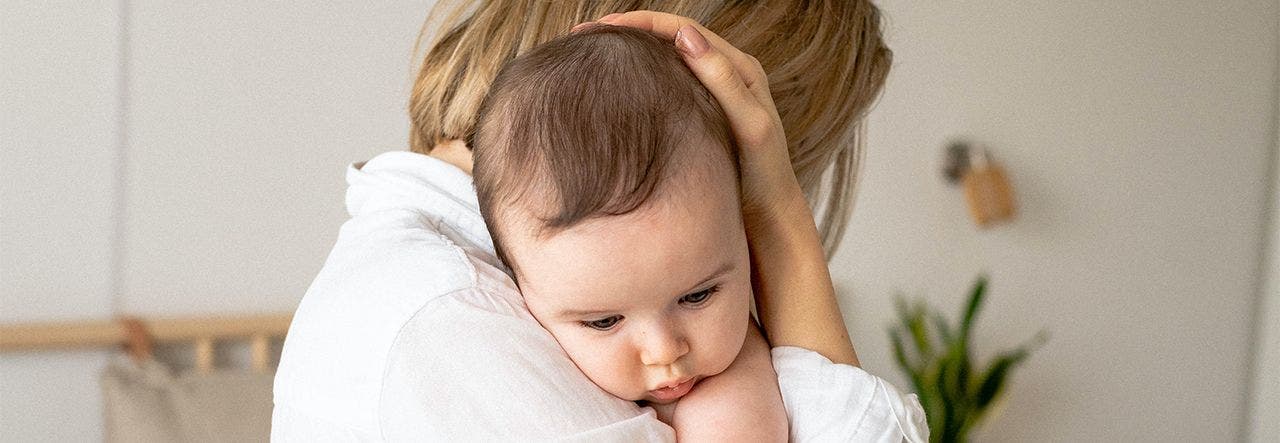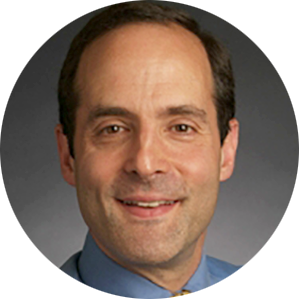Naturepedic was founded in 2003 with the mission of protecting babies from the toxic chemicals in crib mattresses, so this topic is dear to our hearts. Please enjoy Dr. Lavin’s take on the matter. Don't forget you can get more trusted health information from Dr. Lavin on the ParentTalk Podcast!
When parents think of the nursery, the room in the home they lovingly prepare for their baby, they often feel deep feelings of love and care. This is the place where our young children sleep, play and live, so it makes profound sense that the nursery should be as safe a place as any could be. As such, Baby’s room is the last place parents would want to find harmful chemicals.
Yet, toxic chemicals are not uncommon in many of the items a typical nursery contains – from certain furniture to conventional crib mattresses to plastic toys and more. Protecting our children from chemicals that could harm their healthy development is an urgent issue.
In this blog post, we will take a look at where you might find harmful chemicals in the nursery and what you can do to protect your little one. Please note this is not a comprehensive list – after all, there are approximately 85,000 chemicals in use today! However, this is a review of what I consider three of the major concerns for babies, specifically in terms of neurological development.
What’s Harmful and Where to Begin?
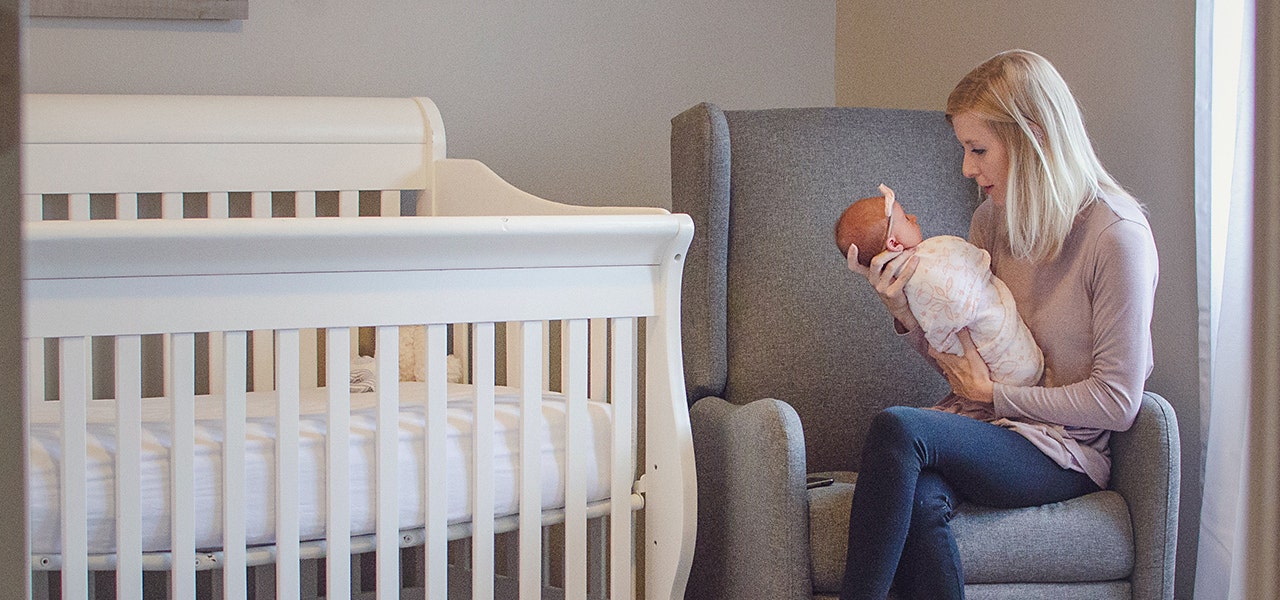

Cutting down a list of 85,000 chemicals to just three may feel shocking, so allow me to share some context. The truth is that the vast majority of these chemicals have not yet been tested and should not be trusted. That said, toxicologists and epidemiologists have been working to identify which of the 85,000 chemicals we are exposed to cause the most harm.
Many such scientists work at the Environmental Protection Agency (EPA) or the National Institute of Environmental Health Sciences (NIEHS). Quite a bit of this work is also done across the nation’s leading universities. Over the years, these efforts have yielded telling results, and a group of scientists, medical doctors, public health experts and others have formed Project TENDR (Targeting Environmental Neuro-Developmental Risks).
I am part of this group and am pleased to share that Project TENDR has already made progress identifying a number of chemicals that damage the development of our children’s brains. For this discussion, I’ll focus on those chemicals that pose a real risk to our newborns and infants, particularly in the nursery and at feeding time. These include:
- Flame retardants and other PFCs
- Phthalates
- Heavy metals
Flame Retardants and PFCs
This category includes chemicals where a group of elements called halogens (e.g., fluorine, bromine, chlorine) are attached to carbon-based molecules. Many of these resulting compounds evaporate into the air (known as off-gassing) and when we breathe them in, they enter our body’s tissues and stay there. For infants whose bodies are still developing, these chemicals can damage brain development and increase the chance for serious outcomes such as:
- Autism spectrum disorder
- ADHD
- Learning disorders
We once thought of children’s pajamas as the main place our kids would contact flame retardants, but it turns out these chemicals are far more widespread. Take a look at the black plastic on the laptop or cell phone you are reading this post on. Almost all such resins are soaked with PBDEs, a flame retardant proven to cause neurological impairments.
So laptops and cell phones are good to keep out of the nursery – easy enough. However, you’ll want to consider another item that’s a staple of the nursery, your baby’s mattress. A major study from Denmark includes a table with all the chemicals that evaporate from nearly all mattresses sold for infants in the U.S., including flame retardants. View the full list on page 42, Table 9, of this report.
This problem actually has a total and simple solution – only use a mattress that emits no such chemicals. We know of course that Naturepedic organic crib mattresses do not contain any flame retardants at all. These mattresses use organic cotton and are lined with a food-grade waterproof material and do not off-gas any chemicals beyond the GREENGUARD® Gold standard for chemical emissions.
Phthalates
This hard to pronounce and spell word describes a set of chemicals used in making any hard plastic. Think of the myriad plastic water, soda and juice bottles. Think of shampoo bottles. Think of any plastic bottle or container that has any firmness to it. Phthalates are almost universally used to stiffen and stabilize plastics. Phthalates are everywhere – including in nearly anyone’s urine or blood samples, due to off-gassing.
Like flame restaurants, phthalates are known to play a role in the development of autism spectrum disorder, ADHD and learning disorders. A study a few years ago found the more phthalates in the urine, the greater the chance of having ADHD!
Our nurseries and homes need to be as free of phthalates as possible. There are efforts underway by Project TENDR and others, including the wonderful group Healthy Babies Bright Futures, to eliminate exposure to these harmful chemicals and to offer advice on how to avoid them.
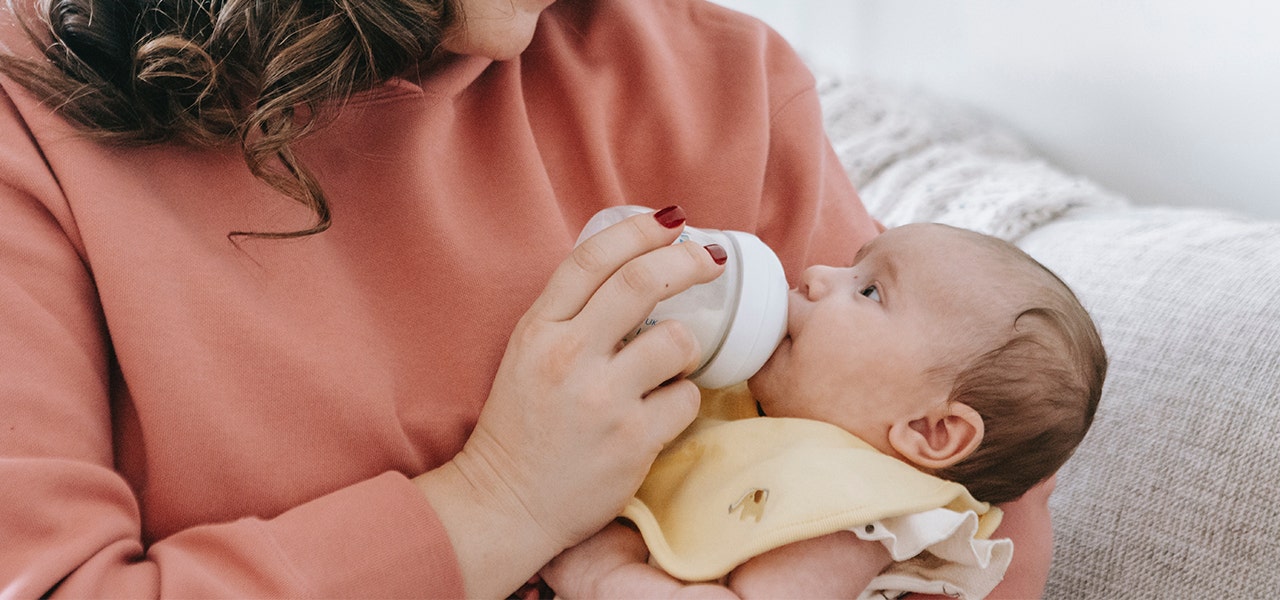

For now the best word to sum up what you can do is glass. Think of anything plastic you use for your baby and see if you can find it in glass. Not everything will be solved with this approach, but glass bottles can replace plastic bottles, as can glass containers for food and beverages in the fridge. When an item has to be plastic, say a nipple on a bottle, or a sippy cup, see if you can find a brand that is labeled phthalate free.
This can be tricky as the number of phthalates is large and sometimes plastic manufacturers will highlight that their product is free of one, but not all of them. The most prominent example is BPA. But a BPA free plastic is not necessarily, or even frequently, phthalate free. Look for the product stating it is phthalate free.
Sadly, the crib mattress can also be a major source of phthalates since most manufacturers use vinyl waterproofing, which contains phthalates.
Heavy Metals
In addition to lead, which many now understand to be a threat, this category includes several others such as mercury, cadmium and arsenic.
The group Healthy Babies Bright Futures has done an astounding job letting us all know that many baby foods contain these metals, each of which are proven to cause damage to our children’s brains, decreasing actual intelligence as well as causing autism spectrum disorder, ADHD and learning disorders. Read their findings here.
Arsenic has its own interesting relationship to baby food. It turns out that the rice plant loves taking up arsenic from soil. So if a rice plant is growing in ground that has lots of arsenic in the water or soil, so will the rice. A recent study by the state of New York found that 44% of baby rice cereal products had toxic levels of arsenic!
The steps here are very easy to take for all parents to protect their babies from toxic heavy metals in baby foods:
- Do not feed babies rice cereal or rice snacks, and do not offer rice rusks for teething.
- Do not give juices to babies. Baby juice packs were found to have these heavy metals in them, too.
- Carrots and sweet potatoes weakly concentrate heavy metals, so they are safe to feed your baby, as long as they are not the only vegetable purees used.
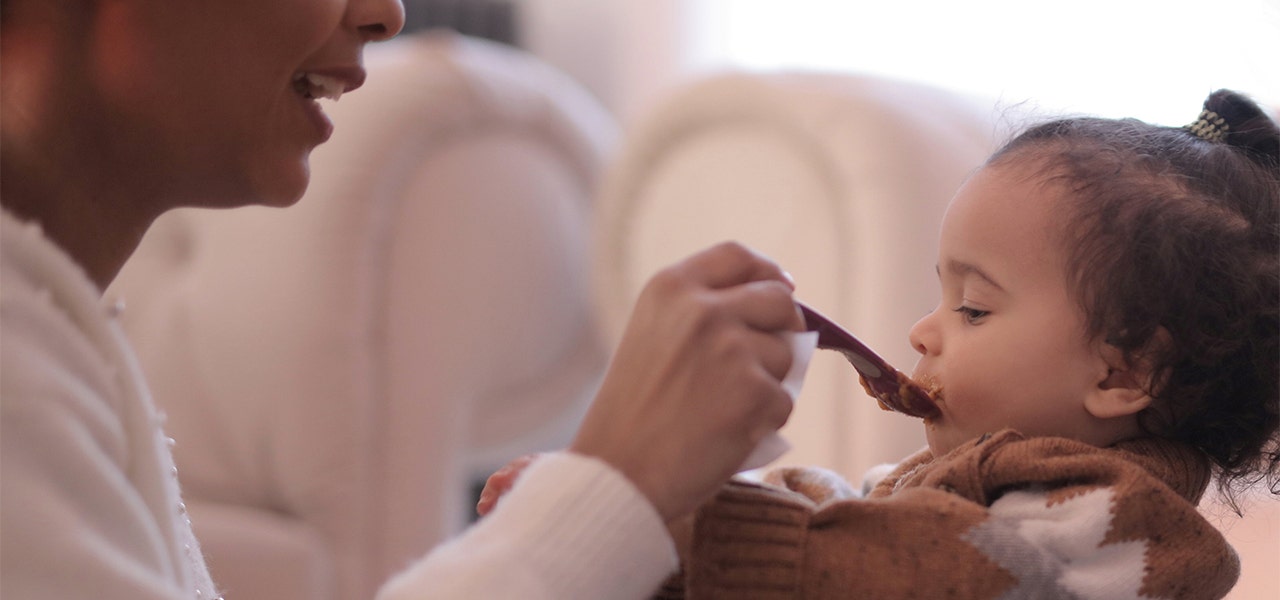

Dr. Lavin’s Bottom Lines on Chemicals Harmful for Babies
- Talking about harmful chemicals can be hard. They are everywhere, and it feels like there is nothing we can do.
- They are scary, they are everywhere, but we can make our baby’s nursery and food much safer with some very simple steps.
- There are 85,000 chemicals out there, we don’t know much about most of them, but we have proven some to cause autism spectrum disorder, ADHD and learning disorders.
- To make our babies rooms and food safe we focus on three groups of chemicals: flame retardants and other PFCs, phthalates, and heavy metals.
- When it comes to flame retardants and other PFCs: Limit exposure to laptops and cell phones, and make sure your baby’s crib mattress is free of harmful off-gassing chemicals. We know Naturepedic mattresses are 100% free of flame retardant chemicals.
- When it comes to phthalates (found in firm plastics), substitute glass for plastic bottles and food containers. If plastic must be used, look for a brand that documents it is phthalate, not just BPA, free. Avoid crib mattresses with vinyl.
- When it comes to the heavy metals, stay clear of baby foods and juices that contain them. This includes rice cereal, rice snacks, rice teething rusks and baby juice packs.
It is a sad fact that so many harmful chemicals fill our air, water and food, but we are not helpless. These steps can make a big difference to your child’s risk of altered neurologic development. And many groups are working hard to ensure that one day, hopefully soon, all products made and all manufacturing processes will no longer expose our families to harm.
 BABY
BABY  KIDS
KIDS  ADULT
ADULT  LEARN
LEARN  STORES
STORES 